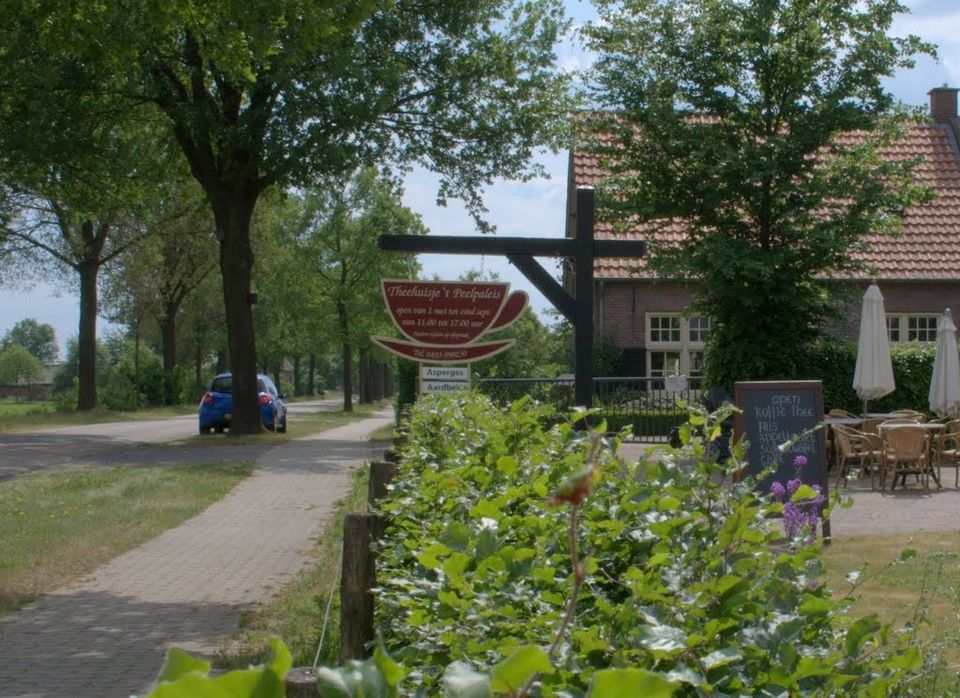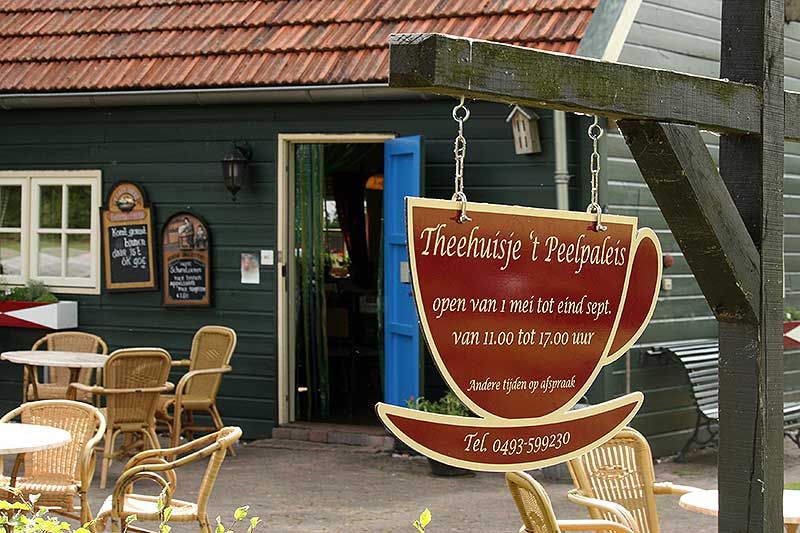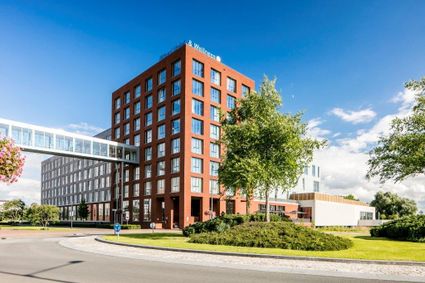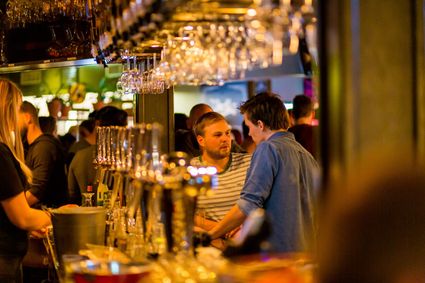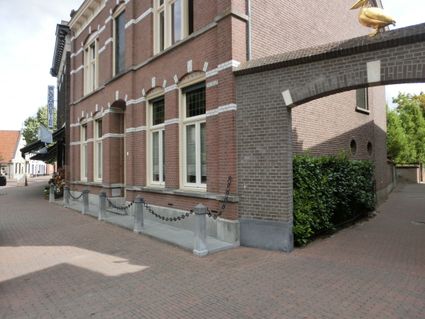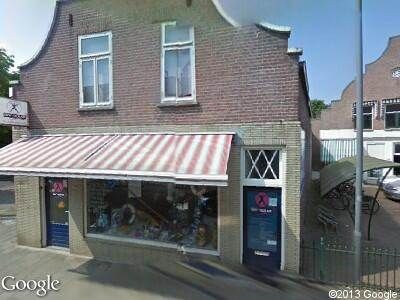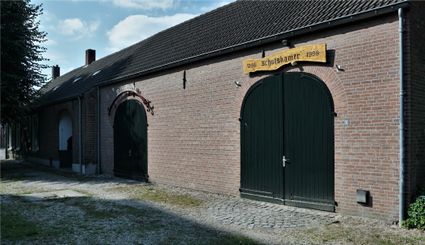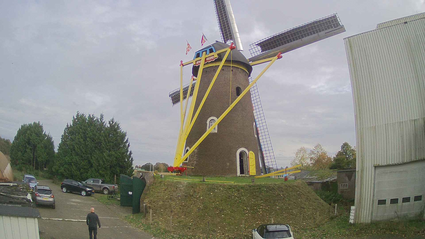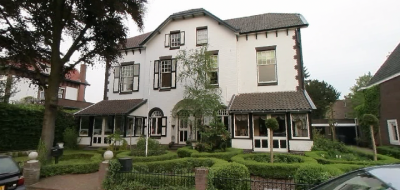Theehuis 't Peelpaleis | De Rips
Neem contact op
Landmeter van Beurdenweg 2
5764 RN De Rips Plan your route
from your location
Contents
1 From a shed to a teahouse
1.1 Roelvink brothers and the Vinkenpeel
1.2 Real house
1.3 Relocation
1.1 Roelvink brothers and the Vinkenpeel
Bare was the Peel 100 years ago. An open plain overgrown with heather and the occasional birch. At the beginning of the last century, large areas were reclaimed as farmland and forests. Often this was done by local notables and large landowners. So too in the later Peel municipality of Gemert-Bakel, in the village of de Rips.
De Rips. This 'Peel palace' has a long history from shack for reclamation workers in 1913 to teahouse today. Roelvink brothers and the Vinkenpeel
The Roelvink brothers bought many acres of …
Contents
1 From a shed to a teahouse
1.1 Roelvink brothers and the Vinkenpeel
1.2 Real house
1.3 Relocation
1.1 Roelvink brothers and the Vinkenpeel
Bare was the Peel 100 years ago. An open plain overgrown with heather and the occasional birch. At the beginning of the last century, large areas were reclaimed as farmland and forests. Often this was done by local notables and large landowners. So too in the later Peel municipality of Gemert-Bakel, in the village of de Rips.
De Rips. This 'Peel palace' has a long history from shack for reclamation workers in 1913 to teahouse today. Roelvink brothers and the Vinkenpeel
The Roelvink brothers bought many acres of wasteland in the so-called Bakelse Peel in 1903. The lands purchased here were changed from the common name Jodenpeel to Vinkenpeel starting in 1905. A few years after the purchase, the Heidemaatschappij was commissioned to reclaim the lands. First by plowing with draft oxen and later by steam tractor with deep plow. The workers came from elsewhere. For them a wooden canteen was built in 1913 at the present Vredepaaldreef, which also served as an accommodation in this remote Peel area. This building was later popularly named the Peel Palace. In 1924, a farm called the Honus was built near this Peel Palace.
1.2 Real house
At some point, the Peelpaleis was transformed from a shack to a real home. According to the register of the municipality, the Rooyakkers-Loomans family lived here until 1922. Then the Van de Rijt family came to live there with five daughters and three sons. The Peel Palace looked slightly different then, but there was no more living space than now. Upstairs was the sleeping area and downstairs was the kitchen and living room with stove. Two of the eight children were born in this palace. Father Van de Rijt worked at the Heidemaatschappij and the eldest daughter at the earlier tenant of the Honus farm, Mr. Hornstra. Later with the Van Zelderen family, who leased the farm and the Peel Palace in 1933.
The large family left for presumably a larger home. The residents who followed were sometimes employed on the Honus cattle farm, and so the Peel Palace became the farm's workers' quarters. During and after World War II, it was a so-called emergency house. Starting in 1976, the Peelpaleis became a vacation house before finally regaining its residential function in 1986. The successor of the cattle farm Honus and his wife lived there but also many others. The last occupant was Henri Geven who was going to build a new house at that place and therefore in 2005 the Peelpaleis had had its day at the Vredepaaldreef in the Vinkenpeel.
1.3 Relocation.
It was picked up in its entirety and erected on the Landmeter van Beurdenweg in today's Jodenpeel . Now no longer as a sheds,overnight accommodation,emergency house,workers' house and real home, but as a teahouse. A new destination for a small monument of the municipality of Gemert-Bakel.
Written: Hr.v Zelderen and edited by B. Ploegmakers
